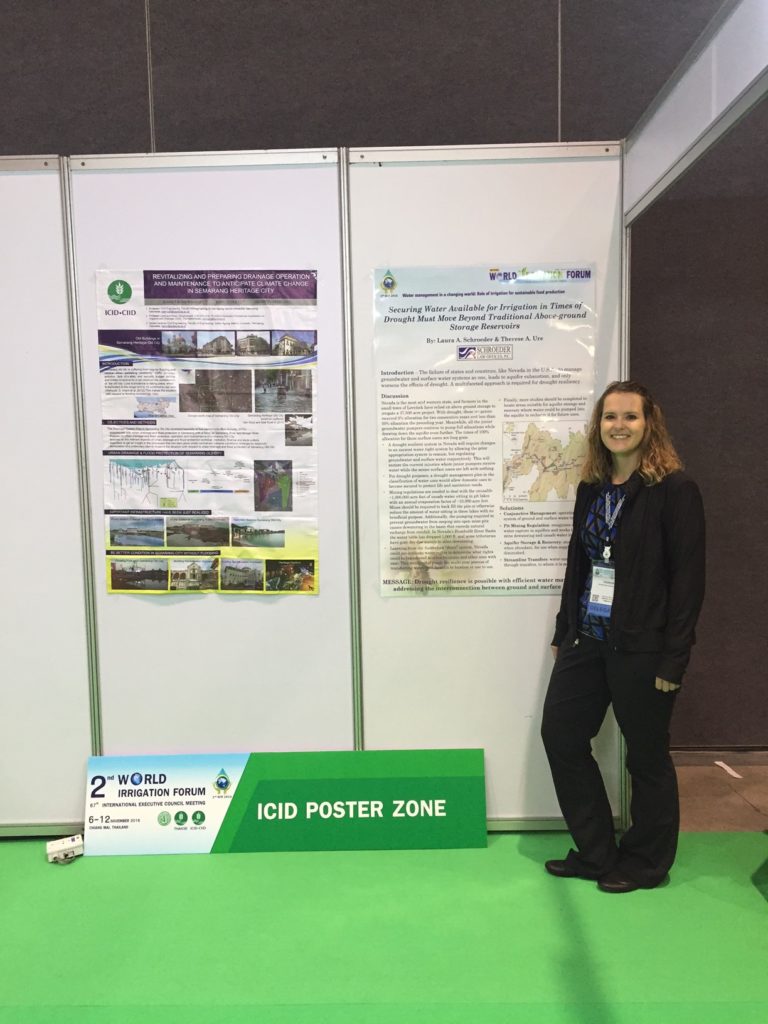Oregon follows the Prior Appropriation principle for water use. The guiding principle of the Prior Appropriation Doctrine is “first in time, first in right.” Thus, water users with earlier priority dates may have their water use rights satisfied before junior water users, or may even require junior users to cease diversions, if there is not enough water in the system to supply all uses.
However, Oregon Revised Statute (“ORS”) 536.750(1)(c) allows the Oregon Water Resources Commission to create a preference for human consumption and stock watering uses after a declaration that a severe, continuing drought exists. The creation of a water use preference allows the State to regulate water use in a way that gives priority to junior users for the identified purpose in the preference statute. Here, the State may allow water users to take water out of priority for human consumption and stock watering uses.
A constitutional problem arises when the State regulates water use on the basis of the preference. The United States and Oregon Constitutions provide that private property shall not be taken for public purpose without just compensation. ORS 536.750(1)(c) was enacted in 1989. Water use rights that were perfected prior to the statute being enacted became vested real property rights before ORS 536.750 was in place. Now, based upon the statute and agency regulations (Oregon Administrative Rule, “OAR,” Chapter 690, Division 22), the Oregon Water Resources Department may order a senior irrigation right shut off, while allowing a junior domestic or stock water use to continue. Such an order deprives the senior water user of their priority date, which is a key feature of their water right.
The Oregon Supreme Court outlined the standard for a “temporary taking” under the Oregon Constitution as follows: “We think that, in order to distinguish between a “taking,” on the one hand, and simple administrative inconvenience or delay, on the other, it is necessary to require that a complaining party allege some degree of permanence in its loss. We hold that, in order to assert a claim for a “temporary taking” under the Oregon Constitution, the complaining party must allege that it has been denied all economic use of its property under a law, ordinance, regulation, or other government action that either is permanent on its face or so long lived as to make any present economic plans for the property impractical.” Boise Cascade Corp. v. Board of Forestry, 325 Or 185, 199 (1997). Such a denial of all economic value might be proved, in the case of a senior’s water use regulation, by a showing that the senior user’s water use would have remained unregulated had the State not exercised a preference for junior domestic and stock water uses instead, and that such regulation denied the senior water right holder all economic value of their water right during the period of regulation, such as an irrigation season where a portion of a crop was lost.
A drought has been declared in Klamath County, Oregon this year. In response, the Oregon Water Resources Commission (“OWRC”) enacted temporary rules in OAR Chapter 690, Division 20, creating a surface water preference for domestic and stock watering, regardless of priority. OWRC is now proposing to amend the Division 22 rules to extend the preference to groundwater as well. The proposed rules are available on the Oregon Water Resources Department website at: http://www.oregon.gov/owrd/Pages/law/Department_Rulemaking.aspx.
A second public hearing on the proposed Division 22 rules will he held September 18, 2014 in Klamath Falls. Written Comments must be received by the Oregon Water Resources Department by 5:00 PM on September 19, 2014. More information about the public hearing and comments is available on the website provided above.
Schroeder Law Offices drafts comments on behalf of its clients to proposed rules or other agency actions. Contact Schroeder Law Offices if you have questions about a government action that is affecting your water use.
Stay tuned to Schroeder Law Offices’ Water Law Blog for more water news that could affect you!




















